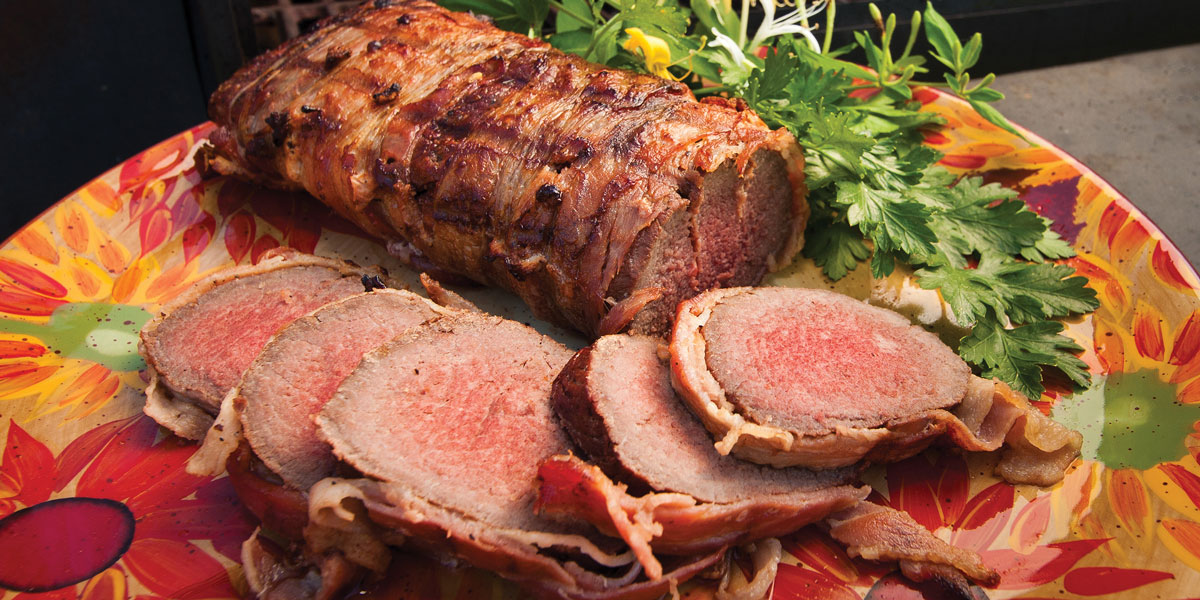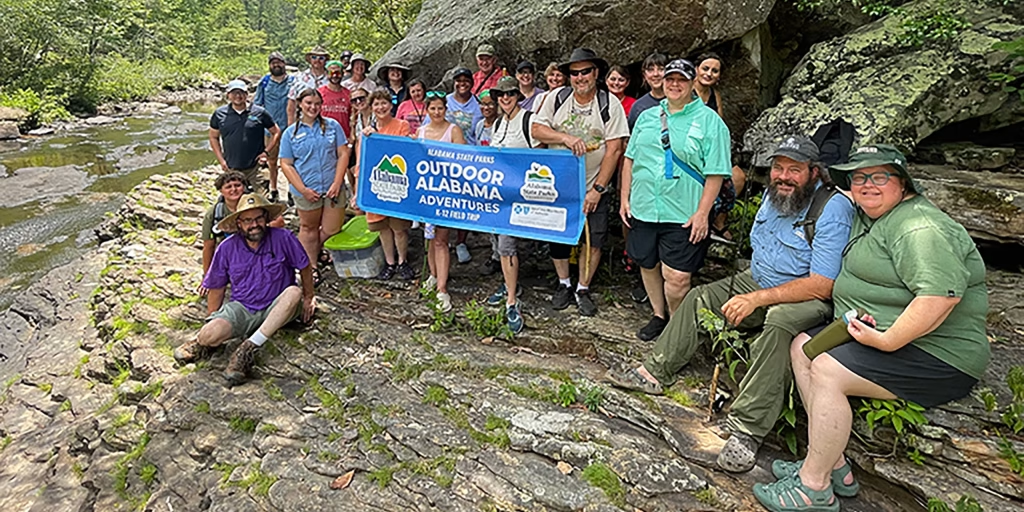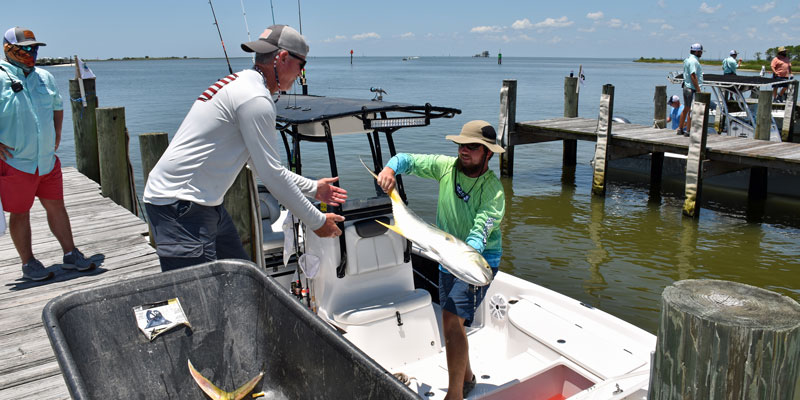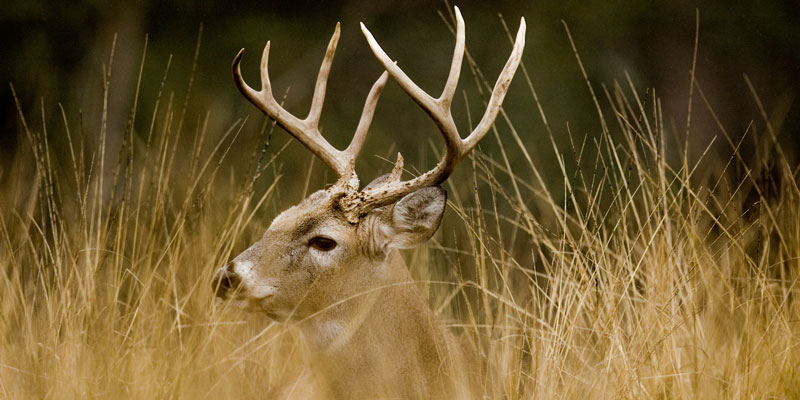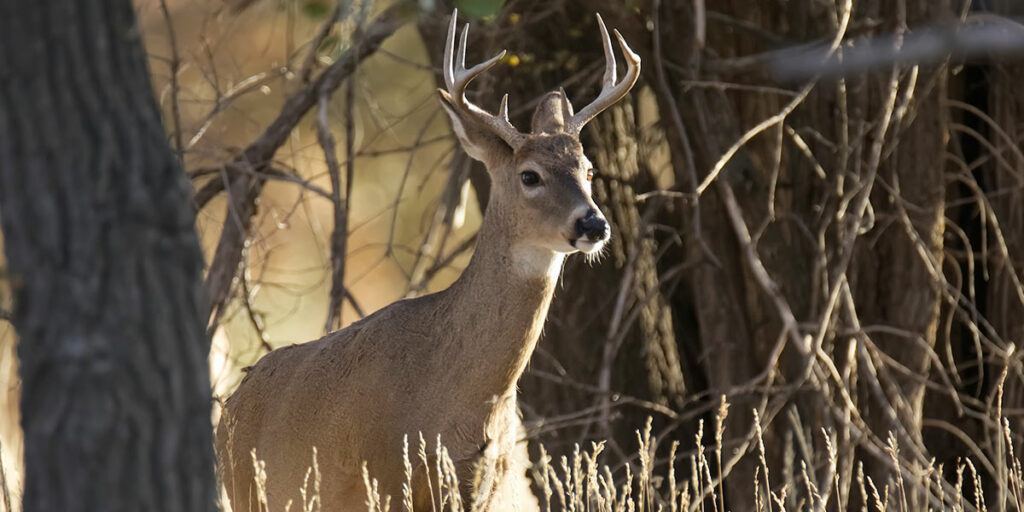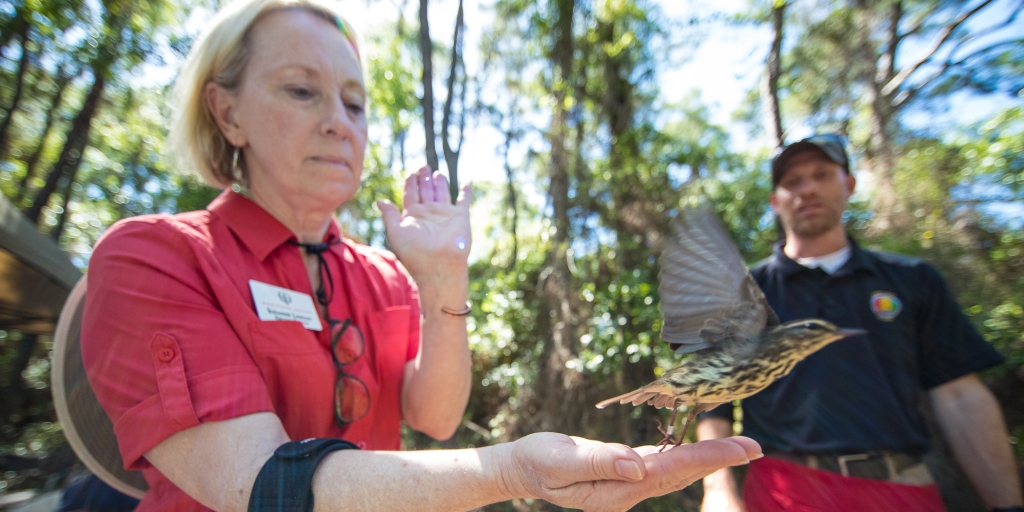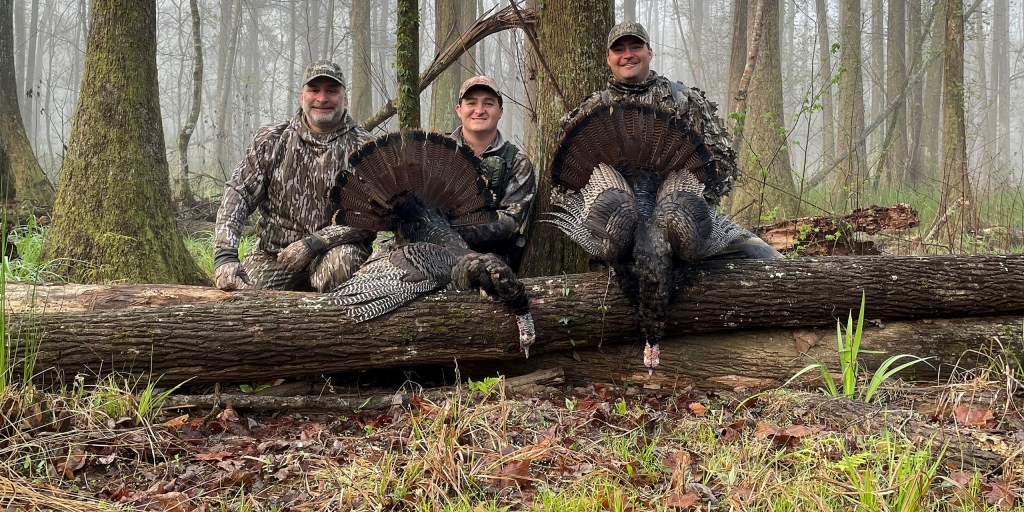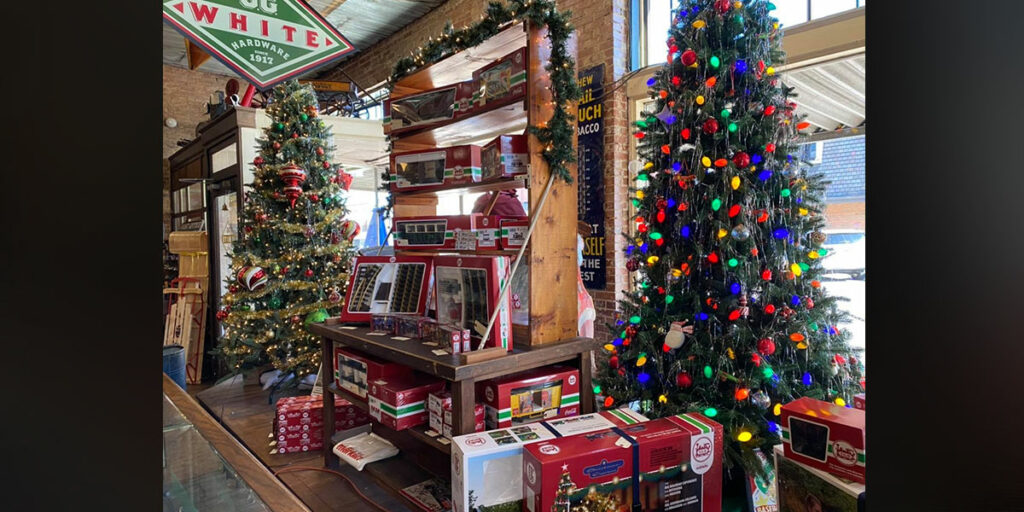If your hunting season has gone well and you have plenty of wild game to prepare, you may be looking for new ideas on how to put the best dishes possible on the dinner table. Or you could be a novice hunter getting ready to prepare a meal with wild game for the first time and looking for helpful resources.
With that in mind, the Alabama Department of Conservation and Natural Resources (ADCNR) website, Outdoor Alabama, has just what you’re looking for in the new Wild Eats page at www.outdooralabama.com/
“The culmination of a hunting or fishing trip is food,” said Billy Pope, ADCNR’s Communications and Marketing Director. “We wanted to provide a platform on Outdoor Alabama that gives everybody the opportunity to cook wild game with unique recipes and a place for everybody to share their recipes.
“We’re asking people to submit their unique recipes for wild game and fish. We’ve already had submissions for stir-fried duck and collard green soup with venison.”
Pope also said ADCNR realizes many late-onset hunters are pursuing wild game with a different mindset from who grew up in a hunting culture.
“People being introduced to hunting or wanting to learn to hunt are doing it for a different reason,” he said. “They want to harvest their own meat, so they know where it comes from. They want sustainable, healthy protein for their families.
“More and more people are interested in wild table fare, which has made learning to hunt a priority. ADCNR’s Adult Mentored Hunting Program has been able to fill the void and introduce new hunters to the art of field-dressing and butchering wild game.”
Justin Grider, ADCNR’s Wildlife and Freshwater Fisheries Division R3 Coordinator, said the process of placing tasty wild game dishes on the dinner table starts well before the hunt.
“Before it’s time to hunt, you need to become proficient with whatever firearm or bow you’re using,” Grider said. “You want to make sure it is shooting where you’re aiming so you can make a good, clean, quick kill. You owe that to the animal as a hunter to make that as quick and painless as possible. When you are proficient with the firearm or bow, it leads to a better end-product when it comes to putting it on the dinner table.”
When the hunter makes a quality shot, it leads to a quick recovery of the animal, and the processing of the animal can proceed without delay.
“The quicker you can get those internal organs and entrails out of that animal, especially deer, and get that body cavity cooled down, the better,” Grider said. “You’re fighting three things – heat, moisture, and dirt. You’re trying to avoid all three.
“Most days in Alabama are relatively warm, so if you don’t have access to a skinning shed, grab a couple of bags of ice from the nearest gas station and throw it into the cavity so it starts to cool down that body cavity. Make sure you get the ice between the hip joints. There’s a lot of heat down there. When you get that cooled down, it will delay any bacteria growth and meat spoilage.”
Grider said when you’re able to get the animal field-dressed in a reasonable amount of time, it allows you to move to the next step in providing that quality wild game for the family.
“I like to let my deer age for seven days,” he said. “If you have access to a walk-in cooler, you can let it hang and allow that deer to go through rigor mortis. That whole product will start to break down and become more tender.
“If you don’t have a walk-in cooler, which most of us don’t, you can quarter the deer and age that animal in a 55-quart cooler.”
The key to using an ice chest/cooler is to keep the meat elevated above the ice by using some type of rack or baking sheet to keep the meat from coming in contact with any water from the melting ice. Refresh the ice often to maintain the proper temperature.
“That will accomplish the same result as if you had used a walk-in cooler,” Grider said. “That’s going to lead to your best-tasting product. Any time you can age that meat for seven days, that’s kind of the magic number.”
After the aging process is complete, Grider starts with the hind quarters. He debones the quarters and separates the muscle groups. He trims as much of the connective tissue as possible and decides whether to use the meat for roasts, steaks, jerky or ground venison.
“I start from the back of the animal and work my way forward, all the way up to the neck,” he said. “I save that neck roast for slow cooking to break down the connective tissue and make it really tender. Of course, it depends on your needs. Later in the season, after you’ve got some steaks and roasts set aside, you may just focus on grinding the whole thing, so you have plenty of ground meat for the year.”
Grider removes all the venison fat, which can cause the meat to have a gamey taste. Instead, he heads to a butcher shop or grocery store and procures beef or pork fat to mix with the venison for grinding. He tries to get the ratio of venison to fat to around 85-15 or 80-20.
“You can call the day before you plan to grind the meat and ask them to set aside 10 to 15 pounds of fat,” he said. “Venison is so lean, you need to put in a little fat. I’ve seen people use bacon ends, or you can buy a chuck roast and grind that in.”
If your hunt ends in a difficult recovery, Grider says hunting conditions will dictate whether the meat is salvageable.
“If the temperature is above 45 degrees, which is pretty common for most of the hunting season in Alabama, and the deer is out in the field for 6, 8, or 12 hours, be cautious about that end product,” he said. “Bacteria grows so fast. Rancid meat has a distinct odor and color. Use your eyes and nose to make the best judgment.”
When the hunt goes well and the deer is processed correctly, it’s time to dine on some delicious wild game. One of Grider’s favorite preparations is venison burger, and he depends on the Maillard reaction to help him serve the best dish. The Maillard reaction is a chemical reaction that occurs when browning meat. After that reaction has occurred, the meat won’t stick to the cooking surface.
“When I’m cooking burgers or Korean beef on a grill or cast iron, I’m cooking it so that it gets a crisp, nice brown edge to it,” he said. “That’s the Maillard reaction, and it gives it a better taste. I see people browning meat, and they put it in the pan long enough for it to turn brown. If they leave it in just a little longer and continue to stir it, it gets a nice crispy edge from the Maillard reaction and the breakdown of the sugars. It changes the flavor profile for the better.
“A good way to check on the grill is if you try to flip the burger and it’s stuck to the grill, the Maillard reaction hasn’t happened. If you wait a little longer, it will unstick from the grill, and you can flip it easily.”
Grider said the worst mistake consumers of venison can make is to overcook it. If you’re not going the slow and low route with plenty of liquid, don’t go past medium rare.
“If you cook venison burgers hot and fast on the grill or flattop about 2 minutes on each side, that will leave you with a medium rare burger, which, in my opinion, is the best,” he said. “With a backstrap or inner loins, and you grill it hot and fast, you get a really crispy, tasty outside with a medium rare center. If you cook a burger or loin too long, it gets dry and tough. A well-done venison burger is not palatable.
“If you’re cooking shanks or neck roast, you want to cook it long and slow and keep it in some type of braising liquid.”
When it comes to waterfowl, Grider uses the same techniques that he does for venison with one exception. He does not trim the fat on waterfowl.
“The only thing is I may go even a little rarer on waterfowl,” he said. “A lot of people just cut the breast out, and you can be missing a great opportunity with the skin and fat. If you’re lucky enough to harvest a duck with a good layer of fat, like early-season teal or wood ducks in a cypress brake, you leave the skin on and add a ton of flavor. You can also pluck the duck and cook the thigh and leg meat, which is delicious.”
Even with small game, Grider prefers to age the meat before he prepares it. He removes the entrails from small game and waterfowl and ages them in the refrigerator.
“Not to say you can’t cook it right out of the woods, but I find that if you age it to break down the protein, it makes for really tasty wild game,” he said.
David Rainer is an award-winning writer who has covered Alabama’s great outdoors for 25 years. The former outdoors editor at the Mobile Press-Register, he writes for Outdoor Alabama, the website of the Alabama Department of Conservation and Natural Resources.




